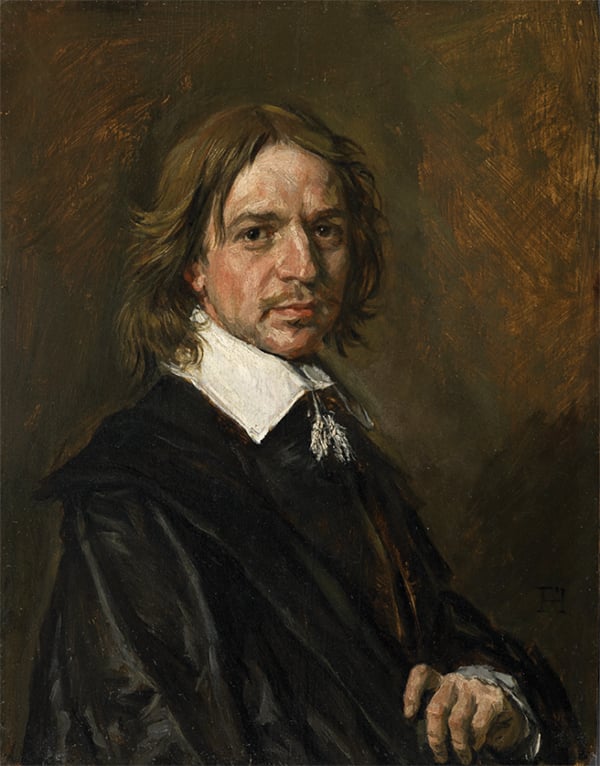Art World
Sotheby’s Claims Parmigianino Painting Is a Forgery
It all comes down to the use of a vibrant shade of green.

It all comes down to the use of a vibrant shade of green.

Sarah Cascone

The latest domino to fall in the unfolding Old Master forgery ring is Saint Jerome, a canvas attributed to Parmigianino or his circle, and now definitively proven to be a modern fake, according to Sotheby’s.
The auction house, which sold the canvas in January 2012 for $842,500, gave the painting to Orion Analytical, specialists in analyzing materials to determine the authenticity of cultural objects, for testing in October.
In December, Sotheby’s officially acquired the Williamstown, Massachusetts-based firm, run by scientist and art conservator James Martin, who is now head of the auction house’s new scientific research department. He was also an expert witness at last year’s Knoedler forgery trial, offering damning testimony proving the $60 million in Abstract Expressionist canvases sold by the now-defunct New York gallery were fakes.

James Martin. Courtesy of Sotheby’s.
Concurrent to announcing the Parmigianino forgery news, the auction house has filed suit in Southern District Court in New York against the painting’s consignor, Lionel de Saint Donat-Pourrières, a French art historian, alleging that he is refusing to return his share of the profits, which amount to $672,000.
De Saint Donat-Pourrieres did not immediately respond to artnet News for comment.
According to the complaint, Martin took 21 samples of the Parmigianino painting, each of which “contained the modern synthetic pigment phthalocyanine green, which was first used in paints nearly four centuries after Parmigianino died.”
In connection with the current case, Orion had also discredited another painting linked to the Old Master scandal, Portrait of a Man, thought to be by Frans Hals and sold by Sotheby’s for $10 million in a 2011 private sale. Both works were originally brought to market by an obscure French collector-turned-dealer named Giulano Ruffini, who appears to be at the center of the forgery ring.

Franz Hals, Portrait of a Man, one of a series of Old Master works sold by a French dealer that authorities now believe may be forgeries. Courtesy of Sotheby’s.
Since then, Sotheby’s has rescinded both sales and issued refunds to the purchasers.
“We have also exercised our contractual right to cancel the sale, which requires our consignor to reimburse us,” wrote Sotheby’s in a statement received by artnet News. “While we would have preferred to settle this matter out of court, our consignor has refused to abide by his obligations and we have been left no other option than to pursue legal action.”
Sotheby’s is still negotiating over the Hals sale, which went through London dealer Mark Weiss, and could also result in litigation. When asked if a second suit could be in the works, a Sotheby’s representative told artnet News that “we hope that the sellers will behave appropriately and fully refund the purchase price that was received from selling a forged work, but we will certainly enforce our rights if necessary.”
The painting had also been offered to Christie’s, which reportedly had doubts about the work and declined to sell it.

Lucas Cranach the Elder, Venus (1531). Courtesy of Wikimedia Commons.
Over in Europe, an investigation into the Old Master forgery ring is ongoing in France, where a Lucas Cranach the Elder owned by the Prince of Liechtenstein and on view at the Caumont Centre d’Art in Aix was seized by French authorities in March.
Works by as many as 25 different Old Master artists may be implicated in the scandal, including an Orazio Gentileschi painting on lapis lazuli that was shown by London’s National Gallery in 2014.